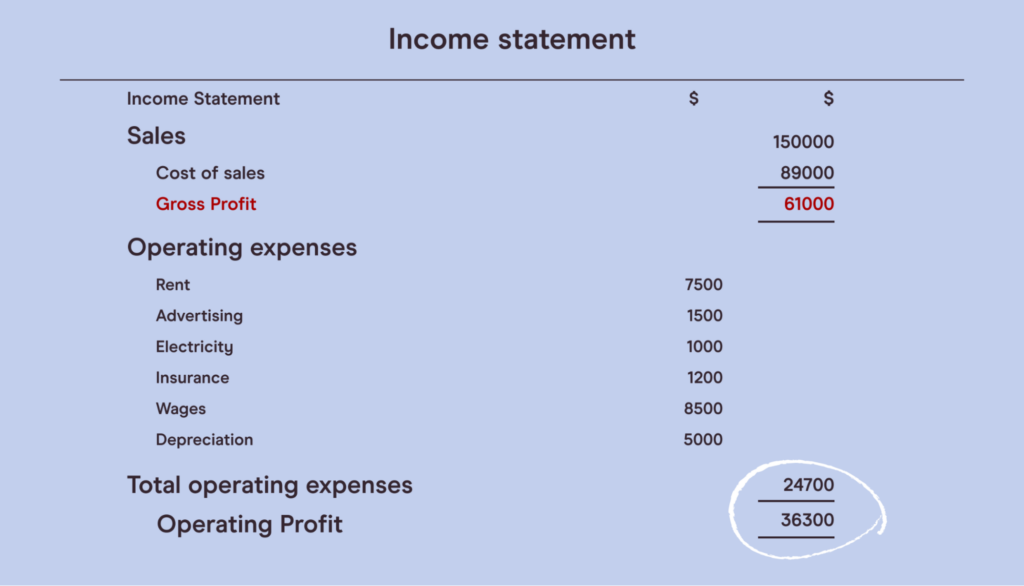Decoding Financial Health: A Comprehensive Guide on How to Read a Financial Report

Introduction:
In the complex realm of business and finance, the ability to read and interpret financial reports is a fundamental skill. Financial reports serve as a window into the financial health of a company, offering valuable insights into its performance, stability, and future prospects. This comprehensive guide aims to demystify the process of reading financial reports, providing a step-by-step understanding of key components, financial statements, and analytical techniques that empower readers to make informed decisions in the dynamic world of business.
Understanding the Purpose of Financial Reports:
Financial reports are comprehensive documents that convey the financial performance and position of a company. Their primary purposes include:
- Decision-Making: Investors, creditors, and stakeholders use financial reports to make informed decisions regarding investments, loans, or partnerships.
- Performance Evaluation: Managers and executives rely on financial reports to assess the company’s performance and identify areas for improvement or strategic adjustments.
- Compliance and Transparency: Publicly traded companies are required to publish financial reports to comply with regulatory standards and provide transparency to shareholders and the public.
- Forecasting and Planning: Financial reports aid in forecasting future financial trends and assist in strategic planning by highlighting areas of strength and weakness.
Components of a Financial Report:
- Balance Sheet: The balance sheet provides a snapshot of a company’s financial position at a specific point in time. It consists of assets (what the company owns), liabilities (what the company owes), and shareholders’ equity (the residual interest of the owners).
- Income Statement: The income statement, also known as the profit and loss statement, outlines the company’s revenues, expenses, and profits or losses over a specific period. It provides a view of the company’s operational performance.
- Cash Flow Statement: The cash flow statement tracks the inflow and outflow of cash within the business. It categorizes activities into operating, investing, and financing, offering insights into a company’s liquidity and cash management.
- Statement of Shareholders’ Equity: This statement details changes in shareholders’ equity over a specific period. It includes components such as common stock, retained earnings, and additional paid-in capital.
Step-by-Step Guide on How to Read a Financial Report:
- Start with the Executive Summary: Begin by reviewing the executive summary or management discussion and analysis section. This provides a narrative overview of the company’s financial performance, key initiatives, and future plans.
- Balance Sheet Analysis:
- Assets: Examine the composition and liquidity of assets. Current assets (e.g., cash, receivables) should be compared to non-current assets (e.g., property, equipment) to assess the company’s ability to meet short-term obligations.
- Liabilities: Evaluate the nature and maturity of liabilities. Current liabilities (e.g., short-term debt) and long-term liabilities (e.g., bonds) impact the company’s financial stability and debt obligations.
- Shareholders’ Equity: Analyze the components of shareholders’ equity, focusing on changes in retained earnings and additional paid-in capital.
- Income Statement Analysis:
- Revenue and Expenses: Scrutinize the sources of revenue and various expense categories. Identify trends, growth patterns, and areas contributing to profitability or losses.
- Gross and Net Profit Margins: Calculate and assess gross profit margin (gross profit/revenue) and net profit margin (net profit/revenue) to gauge operational efficiency and profitability.
- Cash Flow Statement Analysis:
- Operating Activities: Evaluate the cash generated or used in day-to-day operations. Positive cash flow from operations indicates the company can meet its short-term obligations.
- Investing and Financing Activities: Examine cash flows related to investing (e.g., capital expenditures) and financing activities (e.g., debt issuance, stock repurchases). These provide insights into the company’s growth and financial structure.
- Ratios and Key Metrics: Utilize financial ratios and key metrics to conduct a more in-depth analysis:
- Liquidity Ratios (e.g., Current Ratio): Assess the company’s ability to meet short-term obligations.
- Profitability Ratios (e.g., Return on Equity): Evaluate how efficiently the company generates profits relative to shareholders’ equity.
- Debt Ratios (e.g., Debt-to-Equity Ratio): Examine the level of financial leverage and indebtedness.
- Comparative Analysis: Compare the current financial report with previous reports, industry benchmarks, and competitors. Comparative analysis provides context and helps identify outliers or areas requiring further investigation.
- Notes to Financial Statements: Read the footnotes accompanying the financial statements. These notes provide additional information on accounting policies, contingencies, and other relevant details essential for a comprehensive understanding.
- Management’s Outlook and Guidance: Consider any forward-looking statements or guidance provided by management. This information sheds light on the company’s future expectations and plans.
Common Challenges and Considerations:
- Accounting Principles and Policies: Familiarize yourself with the company’s accounting principles and policies. Differences in accounting methods can impact the comparability of financial reports.
- Industry Specifics: Recognize industry-specific factors that may influence financial performance. Certain industries may have unique metrics or operating dynamics that should be considered in the analysis.
- External Factors: External factors such as economic conditions, regulatory changes, or global events can impact a company’s financial health. Be aware of the broader economic landscape.
- Timeliness and Frequency: Financial reports are time-sensitive. Ensure that the information is current and relevant for the period under consideration. Consider the frequency of financial reporting (quarterly, annually) and the availability of interim updates.
- Qualitative Assessment: While numbers are crucial, qualitative factors such as management competence, industry trends, and market conditions should be incorporated into the overall assessment.
Conclusion:
Reading a financial report is both an art and a science, requiring a combination of analytical skills, industry knowledge, and a keen understanding of the company’s unique dynamics. This comprehensive guide provides a roadmap for navigating financial reports, from understanding the purpose of each statement to conducting a thorough analysis using ratios, metrics, and comparative assessments. By mastering the skill of reading financial reports, individuals, investors, and stakeholders can unlock valuable insights into a company’s financial health, enabling informed decision-making in the ever-evolving landscape of business and finance.




